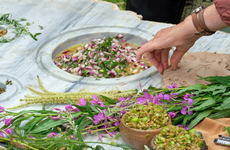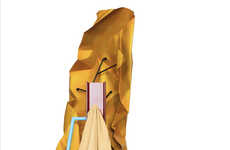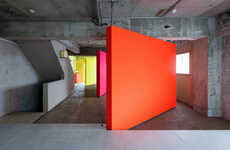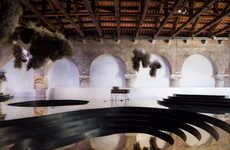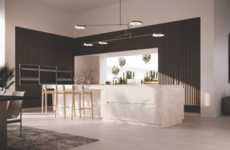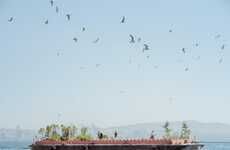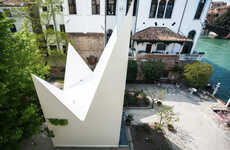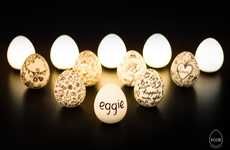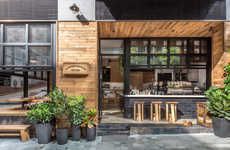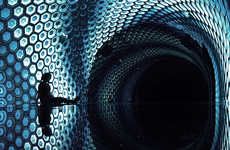
This Art Installation is Built Upon Pots and Plates
Erica Francis — August 15, 2016 — Art & Design
References: kkaa.co.jp & designboom
Japanese architect Kengo Kuma created a beautiful 'Floating Kitchen' art installation for the 'Venice Architecture Biennale.' The artwork is featured as part of the 'Across Chinese Cities – China House Vision’ exhibition. In an interview with freelance writer Laura Sattin, the artist professed that he wanted his work to demonstrate the diverse cultures with China by aggregating various daily items into the installation. The artist felt it was important to bring the kitchen to life, which he believes is a start contrast to modern-day kitchens. To simulate life through daily kitchen items, the artist literally used pots and pans to build up the walls and physical areas of the room, varying from sharp and solid walls people are used to.
The art installation is thought-provoking and creative in its nature. The Floating Kitchen changes the perspective of architecture by using inanimate daily kitchen items to build a standing structure.
Photo Credits: designboom, kkaa.co.jp
The art installation is thought-provoking and creative in its nature. The Floating Kitchen changes the perspective of architecture by using inanimate daily kitchen items to build a standing structure.
Photo Credits: designboom, kkaa.co.jp
Trend Themes
1. Art Installations with Everyday Objects - Building art installations using everyday objects, such as pots and pans, creates thought-provoking and creative experiences.
2. Reimagining Architecture - Using inanimate daily objects to construct architectural structures challenges traditional perspectives and opens up innovative possibilities.
3. Cultural Representation in Art - Art installations that aggregate various daily items from different cultures showcase diversity and encourage cross-cultural understanding.
Industry Implications
1. Art and Design - The art and design industry can explore using unconventional materials and objects to create unique art installations.
2. Architecture and Construction - Architects and construction professionals can find inspiration in using everyday objects in their designs to create unique and sustainable structures.
3. Cultural Exchanges and Events - Events that promote cross-cultural understanding can incorporate art installations that represent diverse cultures through everyday objects.
4.8
Score
Popularity
Activity
Freshness

